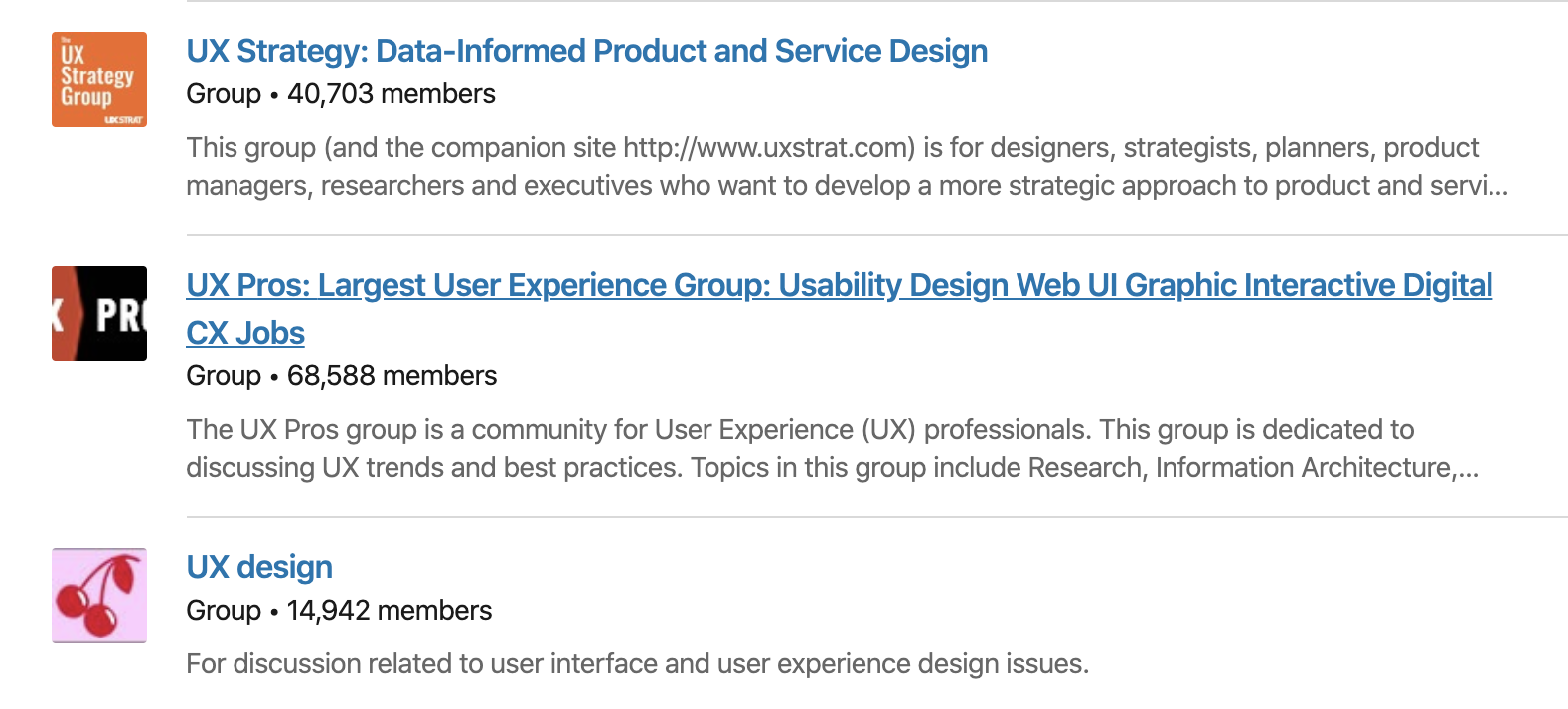How to Network on LinkedIn (and Why You Should)

When it comes to my social media, the network I use the most frequently is LinkedIn.
You may be surprised by that, but stick with me.
I love LinkedIn because I can use it to keep up with my network, congratulate people on a job well done, stay on top of industry trends, share ideas, and learn from more experienced people in my field. All of these things help me stay on top of my game and improve my own performance at work, while continually keeping my professional connections warm.
If you’re interested in better utilizing your LinkedIn profile, keep reading. As a career coach, I notice a few common issues in the LinkedIn habits of my students – and today I’ll be sharing how to avoid them.
- Update your profile often. This includes a high-quality headshot!
At the bare minimum, you should have a professional picture (this doesn’t mean it has to be professionally taken, but it needs to be just you, with a blank or nature background, generally. The main takeaway is you should be the only person in the picture, it should be mostly of your shoulders and head, and it should definitely not be at a party. (Yes, people have used pictures of themselves at parties. Don’t do that). You’ll also want to add your educational background and any work or volunteer experience you’ve had – this may include volunteering at a charity organization, board memberships, or any other reputable organizations you’ve been a part of. Lastly, don’t forget to write a summary section. This lets people know what you’re about, what you’re looking for, and why they should contact you. Here’s how to write an impressive summary, if you’d like an example.

- Create a list of target companies.
When applying for jobs, some people send out hundreds of applications, going for anything that sounds remotely like what they’re looking for. This is not the best strategy. What’s more impactful is having a list of target companies you want to apply for. Your interest and passion will come through in your application materials far more than if you’re just applying to a “job.” Think about the company’s values, their mission, the projects they’re working on--what makes you excited to want to work there? Those are the companies you should be applying to. Once you have your list, you can then find their LinkedIn company page and Follow them. This starts to populate your news feed with relevant information that you can then use professionally and in interviews.
- Find people with similar interests.
Join groups of like-minded individuals. I joined a number of professional associations and groups related to career development because that’s what I care about and want to learn more about. There are hundreds of groups out there–look for ones that a) are related to your field and b) are relatively active so that you can learn from others and information share, and tune in often to learn new things and contribute your own wisdom.

- Reach out to someone new.
I get a lot of push back from students when I recommend they reach out to someone they don’t know on LinkedIn. LinkedIn is made for these kinds of introductions. As an extreme introvert, you will not find me at a traditional networking event or career fair (unless it’s because I’m one of the hosts).
For me, LinkedIn is the perfect avenue to meet new people and learn from them. However, I’ve heard a lot of students say “I reached out to so-and-so and asked them to let me know of any job leads at their company.” This is not how to make connections on LinkedIn.
When reaching out to any new person, you want to approach it as an opportunity to form a new mutually beneficial relationship. You’re not asking for a job. You should be introducing yourself because they’re doing work you want to be doing and you want to learn more about them and what they do. These conversations are extremely valuable to have because they help you make an informed decision about your future and they help you learn more about a specific area of work. Worst case scenario, they don’t respond. Best case scenario, you set up a call, have a wonderful conversation, and learn more about what you’re looking for in a job.
- Keep your connections warm. (Relationship maintenance)
To best utilize LinkedIn, you should be using it regularly. Maybe not daily like me, but at least checking in every week or two to engage in content being posted by your connections or companies you are interested in. See an old colleague has a work anniversary coming up or they’re starting a new job? Send them a quick note to check in and see how things are going. Notice that one of your Bloom Institute of Technology (formerly known as Lambda School) classmates has been hired at their dream company? Shoot them a “congratulations!” Remember that the whole point of LinkedIn isn’t to amass as many connections as you can–it’s to build and nurture relationships.
LinkedIn has a lot to offer and with millions of users, it’s an incredibly robust network to learn and grow with. I hope these tips help you find more success in your job search and more opportunities down the road. Happy networking!
Lindsey Baltz is a career coach at BloomTech who is helping to prepare students for the world of work through application materials, networking, interviewing, and negotiating. In her free time, she loves tinkering with Excel spreadsheets and reading books and articles about personal finance. You can connect with her on LinkedIn.


